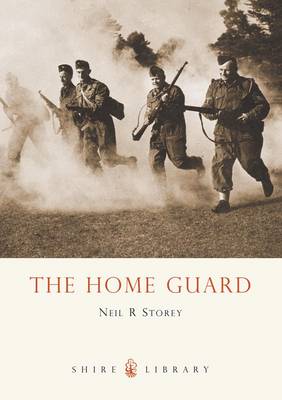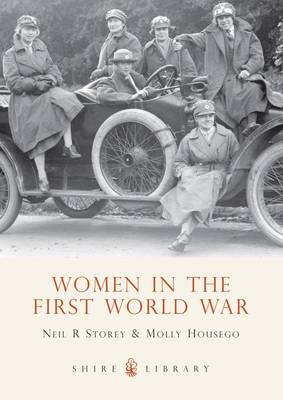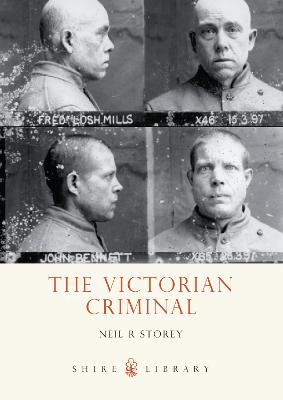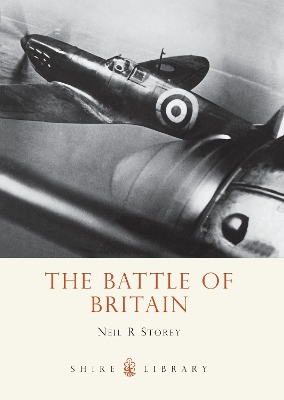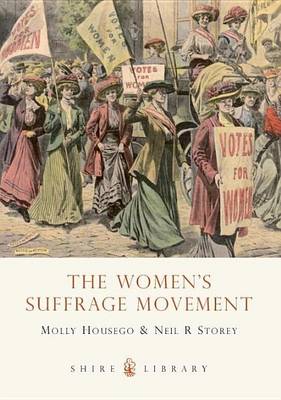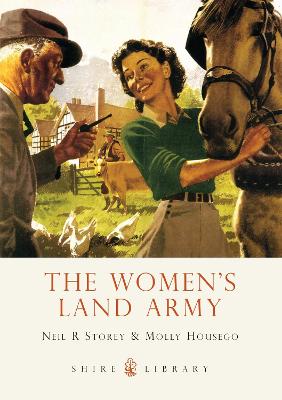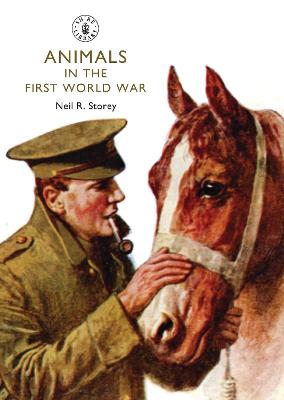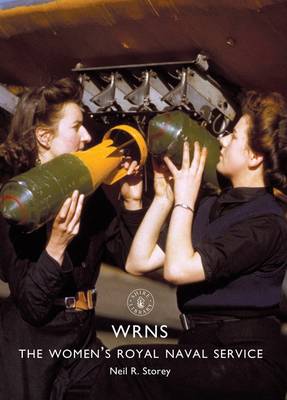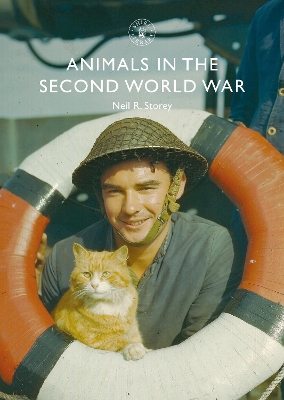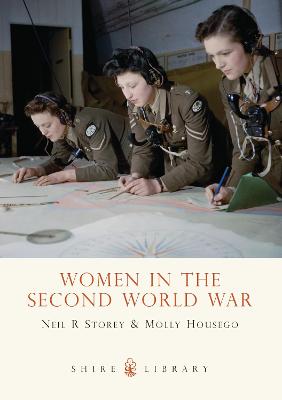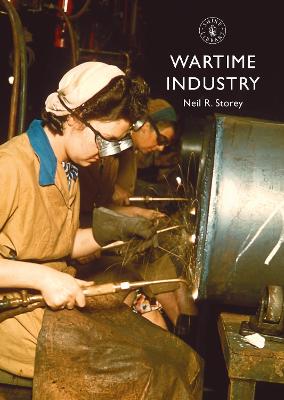Shire Library
8 primary works • 11 total works
Book 574
Book 575
Book 615
Book 644
Book 662
Book 694
When war broke out in 1939, the Women's Land Army (WLA) was already organised and ready for action. Women who had served in the WLA in the First World War returned to service with their daughters, ready to fill in for the male labourers sent abroad to fight: livestock was tended, fields were ploughed, harvests were reaped and everything possible was done to keep Britain self-sufficient.
Neil R. Storey and Molly Housego here tell the story of the Women's Land Army - how it was organised, what its members did, what training was provided, and the work of the Timber Corps of the WLA, also known as the 'Lumber Jills'. Colourful illustrations of women at work, their uniforms and insignia bring to life the experiences of the ladies who helped keep Britain fed during the Second World War.
Book 790
Book 828
During the Second World War (1939–45), Britain stretched every sinew of its industrial might to fend off a Nazi invasion. As the nation stood alone against Fortress Europe, it harnessed, coordinated and maximised its resources, firstly to defend itself and then to help liberate Axis-occupied countries. Wartime Industry uses informative text and beautiful illustrations to show how the men and women of Britain met this unprecedented demand for military and home-front materials. It explores the work of Lord Beaverbrook’s highly organised Ministry of Aircraft Production; the ‘Shadow Factories’ that enabled manufacturers such as Vauxhall and Rootes to make tanks and aircraft; the Royal Ordnance Factories that produced firearms and explosives; the ‘Bevin Boys’ conscripted to work in the coal mines; the Women’s Timber Corps; and war workers – who, together, helped the nation to make it.
